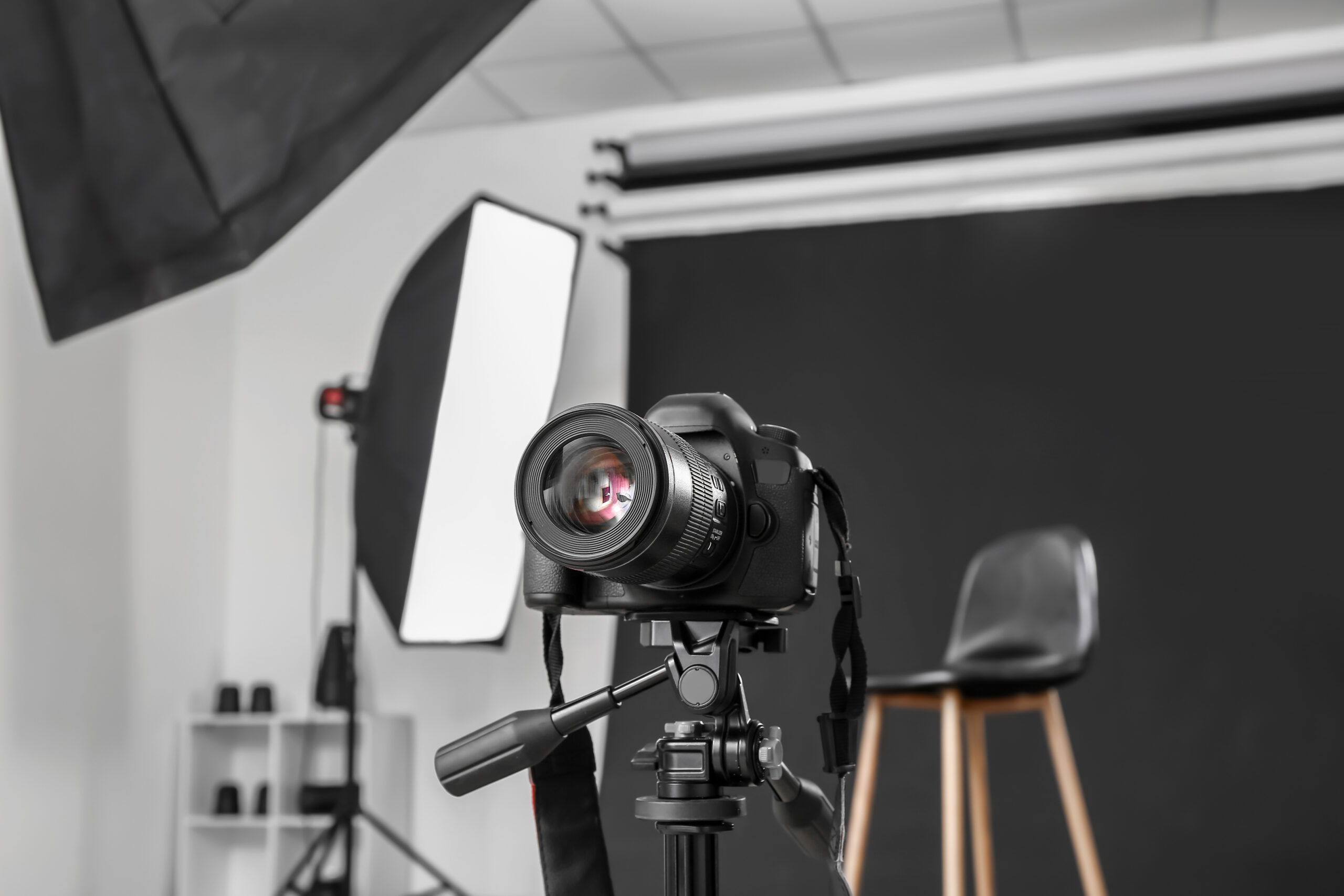Art and politics may seem like distinct spheres, but they are, at times, intricately intertwined. Throughout history, art has been a powerful medium for documenting historical and political events, driving social change, and immortalizing significant moments that shape our collective consciousness. Photography, in particular, stands at the forefront of this intersection. It captures fleeting moments and transforms them into timeless symbols of courage, unity, or even resistance. Having had the privilege of photographing the Obama White House and experiencing first hand the power of visual storytelling, I’ve come to appreciate how photography transcends the present and leaves an indelible mark on history.
A Unique Perspective Behind the Lens
As a photographer, my job is to be both an observer,a witness and it turns out, a participant in history. During my time at the Obama White House, I was acutely aware of the gravity of the moments unfolding around me. The White House, often called “The People’s House,” is a place where policy meets the human experience. I found myself documenting moments of joy, solemnity, and resilience—each photograph telling a story that went beyond the frame.
One particularly memorable instance was capturing a quiet moment of reflection between President Obama and his staff following a pivotal policy decision. The image wasn’t just about the people in the room; it symbolized leadership, contemplation, and the weight of responsibility. That’s the beauty of photography—it reveals truths that words often cannot.
The Role of Photography in Shaping Public Perception
Photography has the power to shape how we perceive political events and leaders. A single image can evoke emotions, spark conversations, and influence public opinion. Think of iconic photographs like the image of Martin Luther King Jr. at the March on Washington or the photo of a lone protester standing in front of tanks at Tiananmen Square. These images have become etched in our collective memory, representing pivotal moments in the fight for justice and democracy.
In my own work, I strive to capture images that are authentic and meaningful. It’s not just about documenting events but about finding the humanity within them. Whether it’s a candid smile, a moment of introspection, or the energy of a crowd, these details bring political stories to life and make them relatable to people from all walks of life. However my exhibit itself wasn’t political..it wasn’t partisan. It was and spoke to greater than any one party.
Art as a Catalyst for Change
Art, including photography, has long been a catalyst for political and social change. During times of upheaval, artists and photographers often step forward to capture the essence of the moment and challenge the status quo. Their work becomes a form of activism, shedding light on injustices and inspiring people to take action.
In today’s digital age, photography has become more accessible than ever. Social media platforms have given rise to citizen journalists who document protests, human rights violations, and other critical events in real time. These images have the power to galvanize global movements and demand accountability from those in power.
As someone who has worked in both traditional and digital media, I am inspired by this democratization of photography. However, it also comes with a responsibility to ensure that images are truthful and respectful. Photographers have a duty to represent subjects with dignity and integrity, especially when capturing sensitive political events.
Balancing Artistry and Objectivity
One of the challenges of photography is finding the balance between artistry and objectivity. While photographers bring their own perspectives and creative vision to their work, they must also strive to present an accurate and unbiased portrayal of events. This is especially important in a world where misinformation can spread rapidly.
I aim to strike this balance by focusing on authenticity. I let the story unfold naturally.. Sometimes, the most powerful images are the simplest ones—a handshake, a tear, or a determined gaze. These details capture the essence of the human experience and connect viewers to the story in a profound way.
Preserving History for Future Generations
Photography is a form of storytelling that preserves history for future generations. Long after the headlines have faded, images remain as visual records of our journey as a society. They provide context and insight into the political and cultural climate of a particular era.
When I look back at my White House photographs, I am reminded of the hope and optimism that defined that time. I am also reminded of the challenges and complexities that came with leading a nation. These images are part of a larger narrative that future generations can learn from.
The Lasting Impact of Photography
Photography is more than just a visual medium—it can be a bridge between art and politics, a tool for storytelling, and a catalyst for change. It has the power to capture the essence of a moment and preserve it for eternity. As photographers, we have a unique responsibility to document history with integrity and purpose.
My journey behind the lens has shown me that the intersection of art and history is a space of immense creativity, responsibility, and impact. Whether photographing a historic event or a quiet moment of reflection, I am reminded of the profound role that photography plays in shaping our understanding of the world. And that, to me, is a privilege and a calling that I will always cherish.
